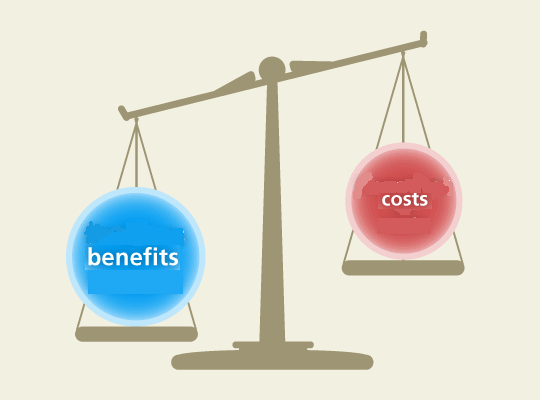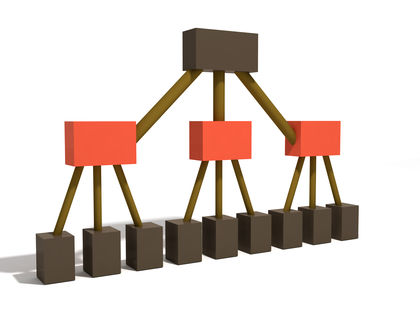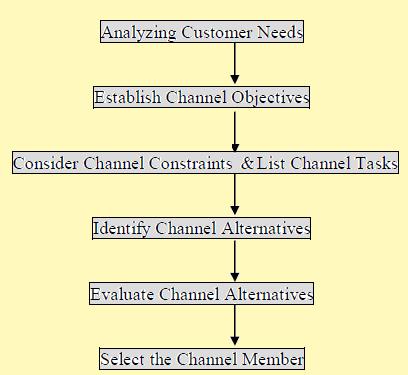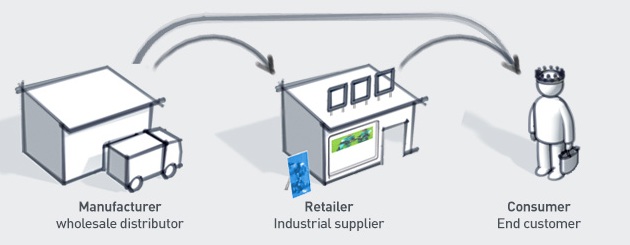To formulate an appropriate industrial pricing strategy it is very essential to have an analysis of the costs and benefits of the industrial product from the customer’s point of view.
The benefits can be grouped into soft and hard benefits. Soft benefits includes those benefits which are very difficult to assess, such as customer training, warranty period, customer services, company reputation etc. Hard benefits are the physical attributes of the products such as production rate of machine, rejection rate of component and price/performance ratio.
The costs for an industrial customer mean price plus other expenses that are incurred in purchasing and using the product.… Read the rest



